
R&D Activity
P&T has focused its research and development activities in the design, synthesis and application of clays and biocompatible lamellar solids for dermocosmetic and oral use. The lamellar structure of these systems results in multifunctional products that improve the texture properties, stability and skin feel of semisolid formulations.
By appropriate modification through the intercalation technology, lamellar solids act as controlled delivery systems of active ingredients with cosmetic, nutraceutical and pharmaceutical activity. The layered structure is able to include large amounts of active molecules (up to 50% by weight) between the inorganic lamellas.
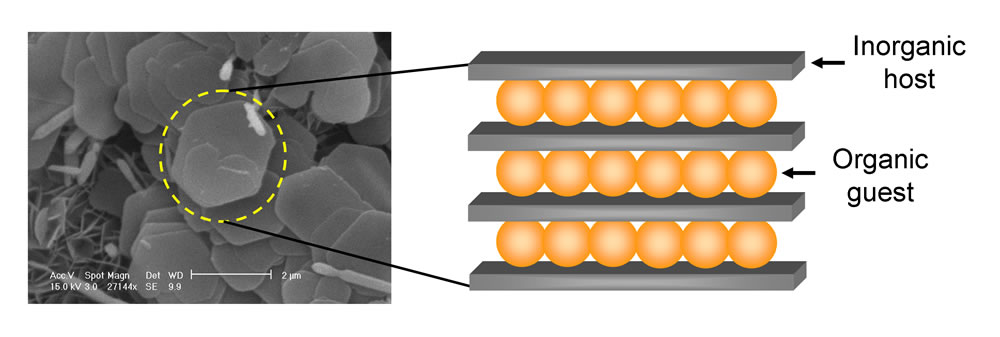
» high stability of the active ingredient (thermal, photochemical and against oxidation)
» increased bioavailability (local bioavailability in case of topical use)
» modified release with controlled mechanism
» dispersibility both in aqueous and oil phases
» good workability in production
Our research team employs cutting-edge technologies for the synthesis and modification of clays and biocompatible lamellar solids, ensuring high-quality products, scalability and reproducibility of processes. Production is carried out with green and eco-sustainable methods, using only water as a solvent and raw materials with high chemical and microbiological purity.
The products are finely characterized by the chemical-physical point of view using analytical techniques and cutting-edge instrumentation as:
» Structural and phase analysis with X-ray diffraction spectroscopy (XRD)
» Thermal analysis by thermogravimetry (TGA), differential thermal analysis (DTA), differential scanning calorimetry (DSC)
» Chemical Composition with Plasma Atomic Emission Spectroscopy (ICP/OES) and HPLC Chromatography
» Morphological analysis by field emission scanning electron microscopy (FE-SEM)
» Granulometric analysis and dimensional particle size distribution by dynamic light scattering technique (DLS)
and where appropriate:
» Infrared Spectroscopy (FT-IR)
» UV-visible Spectroscopy (UV-vis)
» Measurement of the surface area and porosity by gas adsorption/desorption using the BET method
» Computational molecular modeling with HyperChem software
The R&D department is equipped with a formulating laboratory for the study of application of the produced raw materials, the development of new projects and the realization of prototypes. Particular attention is focused on the study of the stability and release of active ingredients carrying out specific tests in accordance with the standards and guidelines of the Official Pharmacopoeia.
The competence and creativity, together with the ongoing research, provide the customer innovative on demand solutions able to anticipate market trends and evolutions.
-
To know more about claysOpen or Close
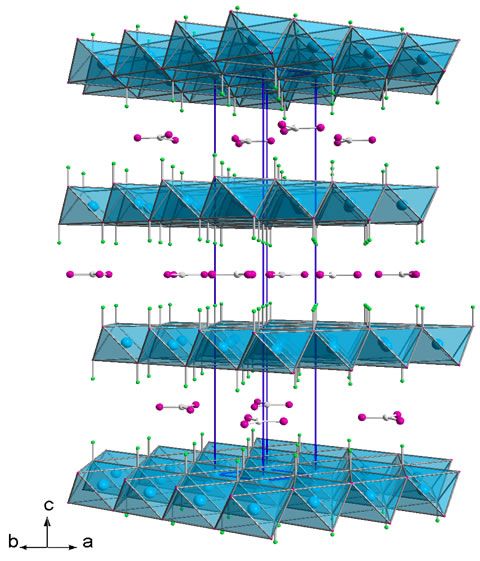
Clay used in the field of cosmetics and health care belongs to the class of hydrotalcites, also known as layered double hydroxides or anionic clays.
Hydrotalcite is a natural mineral having a chemical formula [M(II)1-x M(III)x (OH)2]+x (A-n)x/n · mH2O, the name derives from its resemblance to talc and affinity for water.Its structure is lamellar and consists of stacking layers of mixed hydroxides of magnesium and aluminium having an excess of positive charge, which is counterbalanced by the presence of carbonate anions in the interlayered region.
This natural mineral is very rare and was discovered for the first time in 1842 in a magnesium-serpentine quarry in Snarum, Modum, Buskerud, Norway. Generally, hydrotalcite originates from an alteration of serpentinite and therefore can be traced in combination with minerals such as serpentine, dolomite and hematite.
Hydrotalcites constitute a class of lamellar clays with the same structure of the natural mineral and having general formula:
M(II)1-xM(III)x(OH)2(An-)x/n * mH2O where M(II) is a bivalent metal (i.e.. Mg o Zn); M(III) is a trivalent metal (i.e.. Al); An- is an anion with anionic charge n and m is the numbers of moles of water for each mole of clay.
Hydrotalcites, similarly to the natural mineral, have an excess of positive charge in the lamellae that are balanced by the presence of exchangeable anions in the interlayered region.
P&T clays are synthesized reproducing the structure and characteristics of the natural mineral, but guaranteeing:
» high chemical and microbiological purity
» controlled and reproducible chemical composition
» granulometry, dimensional particle distribution and strictly controlled morphologyVariables, characteristics and morphologies
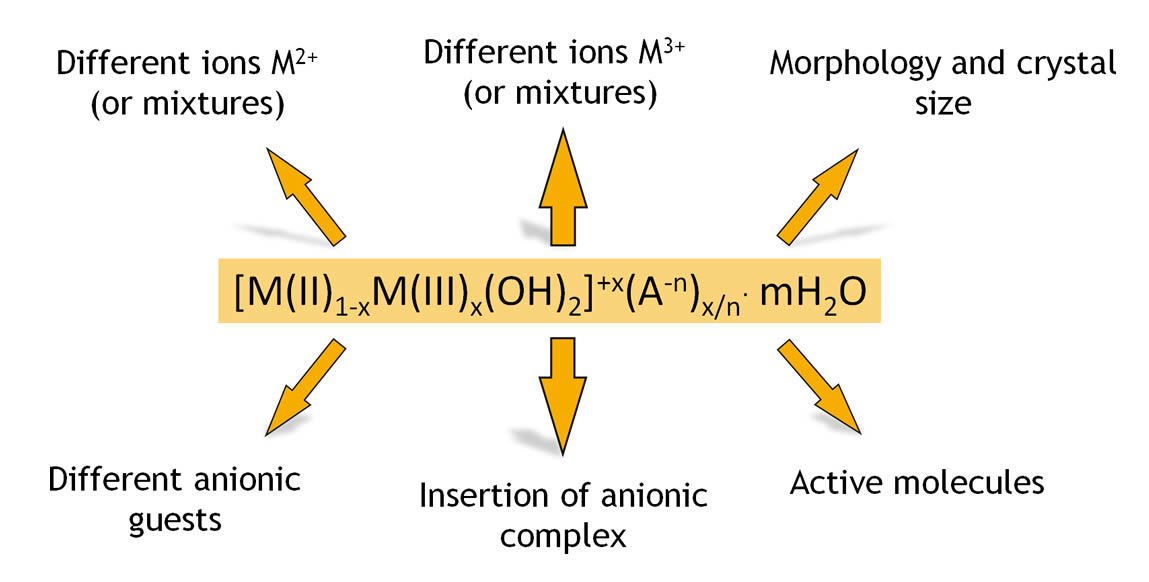
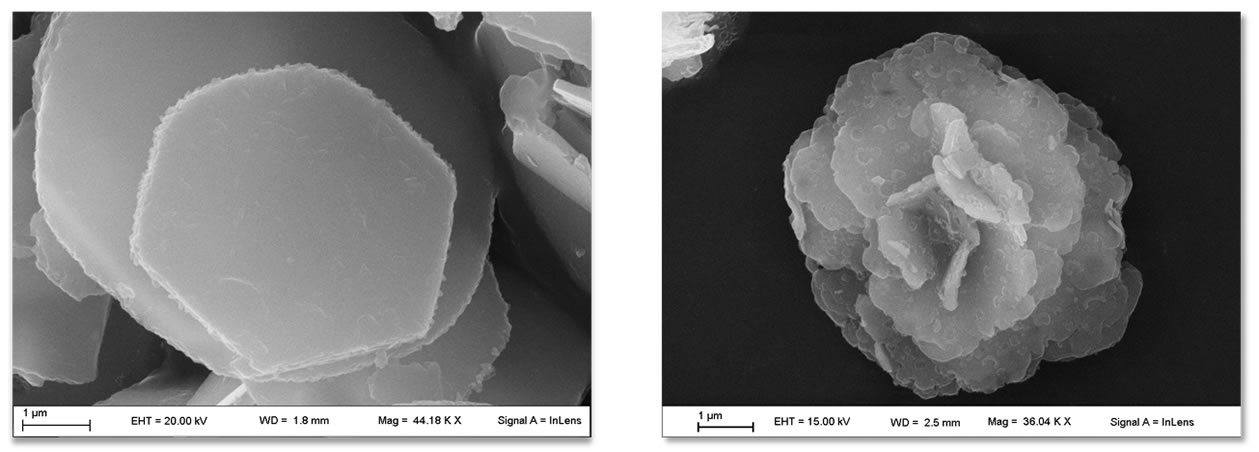
The main characteristic of the hydrotalcites is the ability to exert ion exchange reactions to encapsulate ingredients and APIs in anionic form. Such reactions are carried out by means of the intercalation technology that brings to an active loading up to 50% by weight.
For certain dermocosmetic applications, where metals such as aluminium are not desired (although Al in hydrotalcite is bound and unavailable), Prolabin & Tefarm offers aluminium-free lamellar clays with chemical-physical properties similar to hydrotalcites.
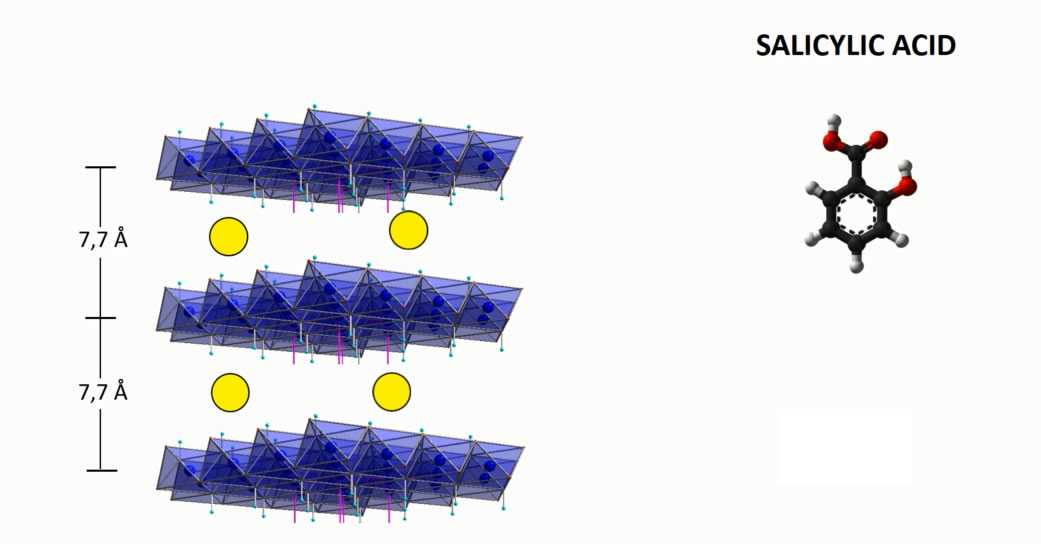
INTERCALATION MECHANISM
